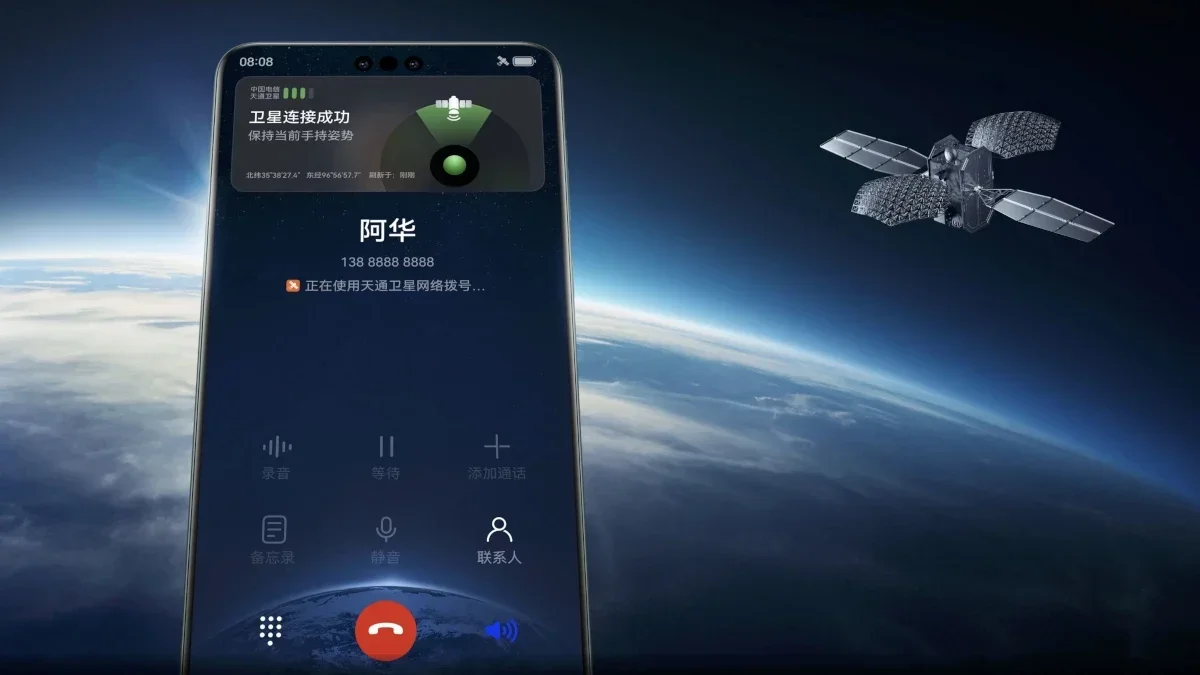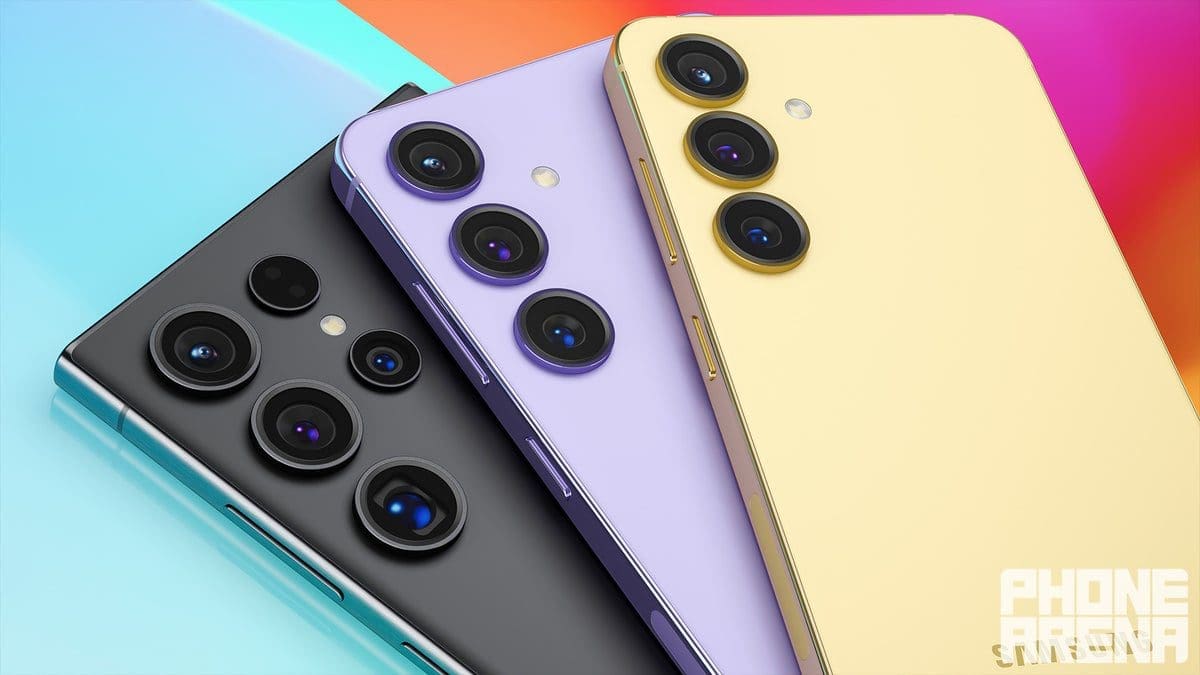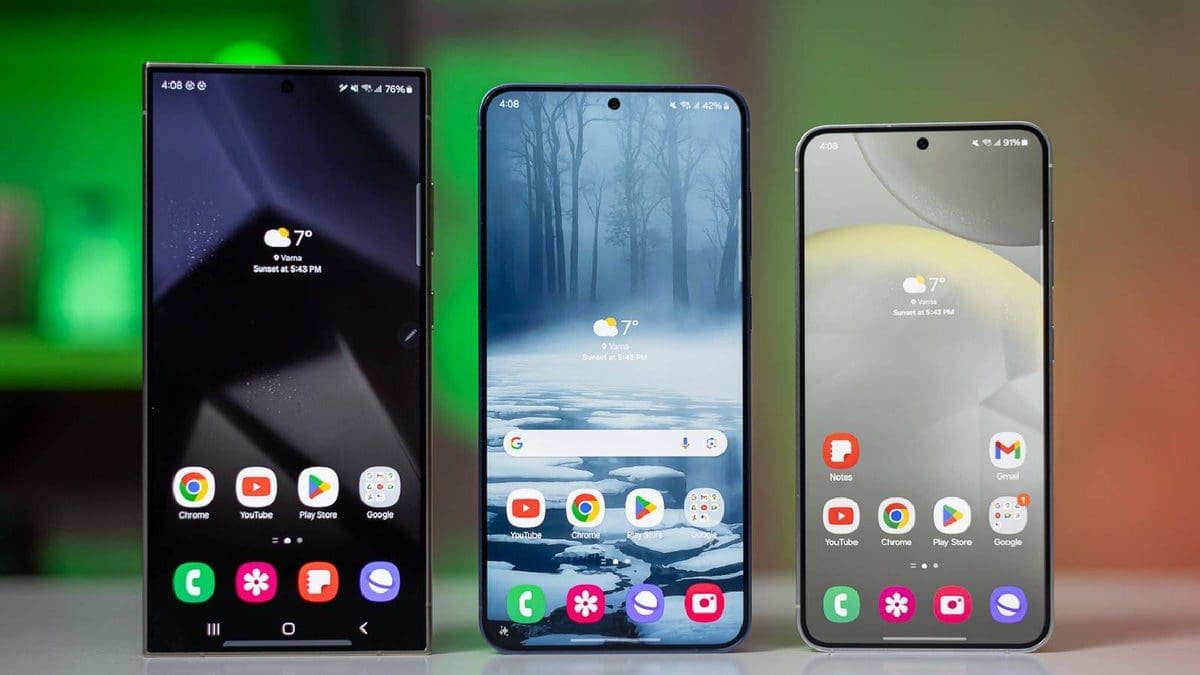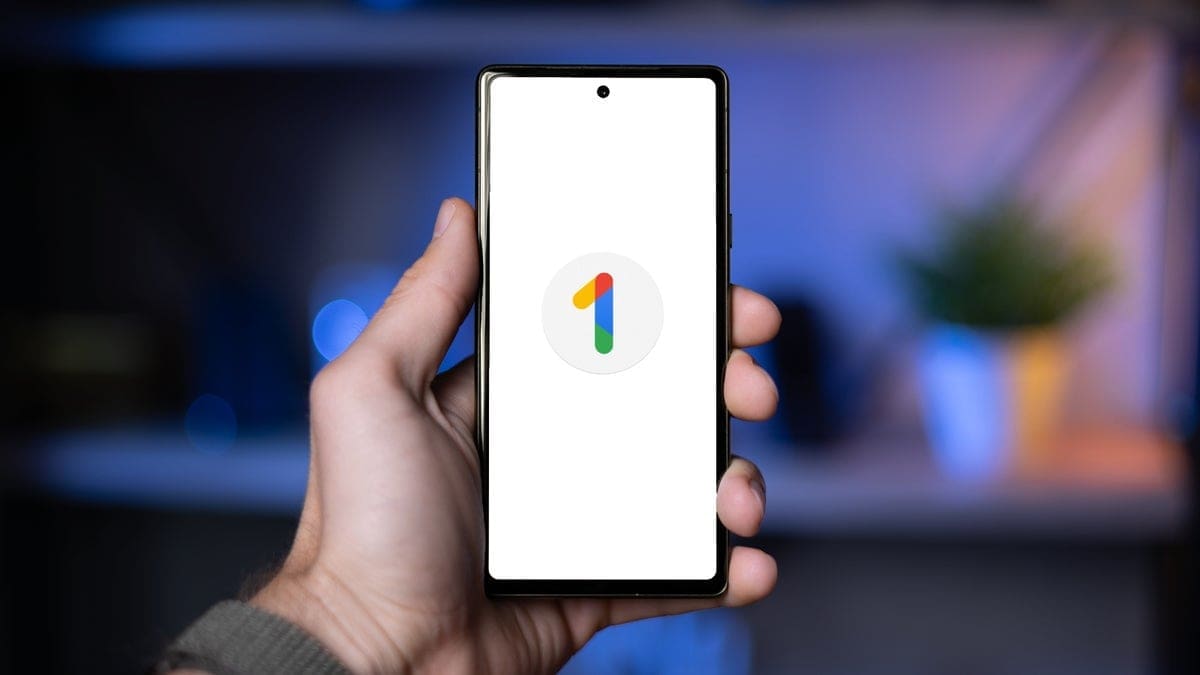The U.S. Commerce Department Secretary Gina Raimondo was asked this week how the U.S. would respond following Huawei’s announcement of the Mate 60 Pro in August, which is powered by the 7nm Kirin 9000s 5G chipset. Huawei was supposed to be unable to obtain cutting-edge chips due to U.S. sanctions. The chip was built by China’s largest foundry SMIC, and uses an older process node that gives it a lower transistor count than chips designed by Apple, Qualcomm, and others.
The news that the Huawei Mate 60 Pro is the company’s first 5G phone since 2020’s Mate 40 line has U.S. lawmakers and officials besides themselves wondering how Huawei was able to thwart the U.S. sanctions. The previous three flagship models made by Huawei used Qualcomm’s Snapdragon chips that were tweaked not to work with 5G signals. Huawei received a license to import those chips.
On Monday, in an interview with Bloomberg News, Raimondo said, “Every time we see something that’s concerning, we investigate it vigorously.” The Commerce Department secretary called Huawei’s ability to obtain the Kirin 9000s 5G chips “deeply concerning.” In Washington, Republicans are saying that the development of the Kirin 9000s and SMIC’s ability to build it violate the sanctions against Huawei and that the U.S. should retaliate by completely cutting off both from American suppliers.
Huawei, already on the Entity List for being a national security threat and thus unable to do business with its U.S. supply chain, had to develop its own HarmonyOS operating system after being cut off from doing business with Google and its Android software. It also developed its Huawei Mobile Services for its equipment ecosystem.
“The investigations take time,” Raimondo said. “You know, we need them to stick. We need to gather information. So at this point, all I will say is that was concerning and we will take whatever action is the strongest possible to protect America.” Bloomberg reported in October that the Kirin 9000s chipset was made by SMIC using deep ultraviolet lithography (DUV) which can etch circuitry patterns on chips no more advanced than 7nm.
More cutting-edge chips require the use of an extreme ultraviolet lithography (EUV) machine which is made by just one company, Dutch firm ASML. U.S. export rules prevent the EUV machine from being shipped to China.
Chinese Foreign Ministry spokeswoman Mao Ning said during a regular press briefing in Beijing on Tuesday that “the US has time and again abused export-control measures, and this is not in the interests of global and industrial supply chains.”
Some U.S. officials are concerned that SMIC will soon be able to produce 5nm chips bringing Huawei closer to the 3nm node used by TSMC to make the A17 Pro used on the iPhone 15 Pro and iPhone 15 Pro Max. Japanese firm Canon announced that it developed a way to make 5nm chips without using EUV lithography back in October. Canon says that its nanoimprint lithography (NIL) technology can help churn out 5nm chips now, and with improvements to mask technologies, can help build 2nm chips.
Since the technology doesn’t use cutting-edge optics or mirrors like EUV, Canon might be able to ship the technology to China. Gartner analyst Gaurav Gupta said that he expects the U.S. will prevent China from getting its hand on this technology soon.













